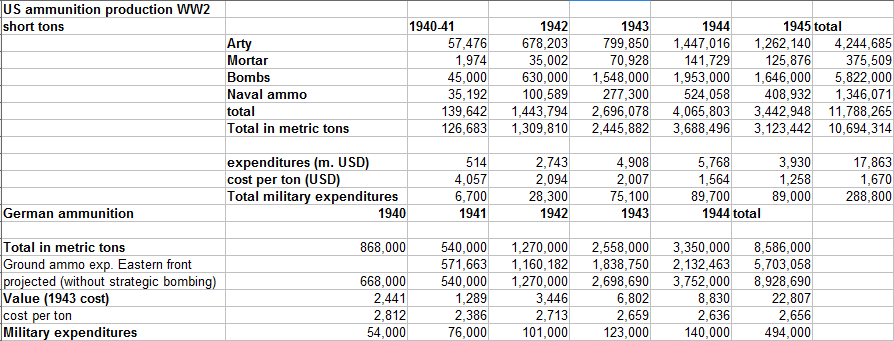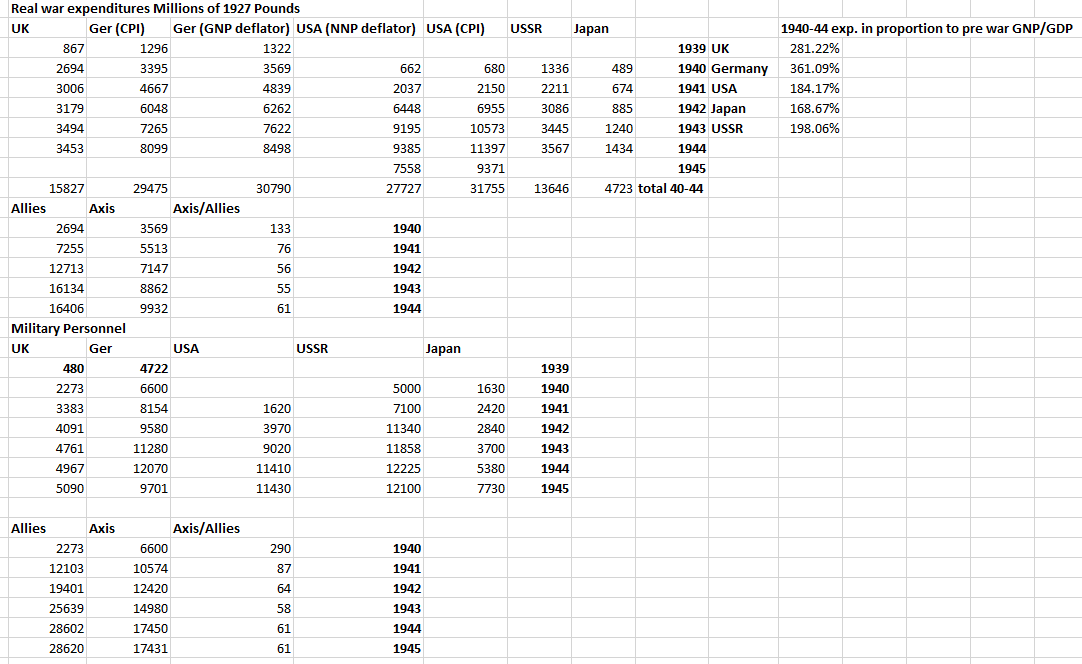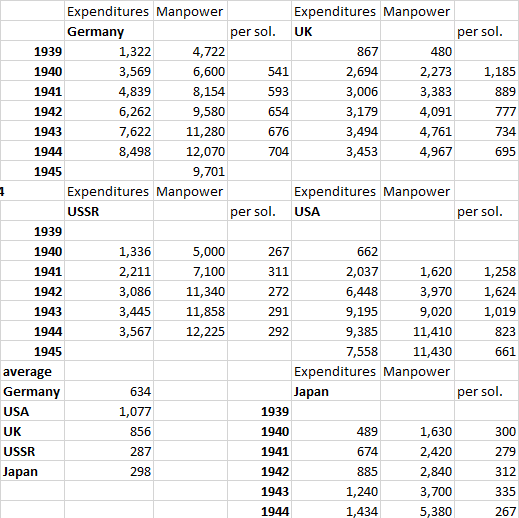
It appears expenditures on ammunition for both Germany and the US to be about 5.5-6% of military expenditures during the war. Germany in 1943, spent 5.5% of all expenditures on ammunition* while US expenditures on ammunition were ca. 18 billion dollars out of 300 billion dollars in expenditures or 6%.
In terms of tonnage there is the issue if both statistics are computed using the same method (i.e. if they weight just the projectiles in terms of arty or with the case (in most cases the difference is not big, however the British 18 pounder had 84% of it's round weight in the projectile), so total weight figures may vary by perhaps 10-15% using different methods (including weight of things like bombs and mortars).
Note also that the cost per ton appears to be 2,650 RM in Germany in 1943 compared to ca. 1.400 dollars for the US in 44-45, which would yield a purchasing power parity of munitions of ca. 1.8 to 1. While in terms of machine tool prices the average ratio of prices weighted by US sales from 1940-44 was 1.78 to 1, in terms of aircraft cost per ton of medium bomber (Ju-88 and B-25) it was 1.73 to 1.
*Assuming that Wagenfuhr's cost figures are consistent with expenditures.
References not cited before:
US data: Gropman (1996)
Ger data: Atlas Third Reich, Overy (munitions tons), USSBS Report Effects Strategic Bombing on the German War Economy (figures for costs)
Costs are supposed to be constant in 1943 marks for Germany but they vary because the tonnage figures don't fit quite precisely with the index figures from the USSBS.

